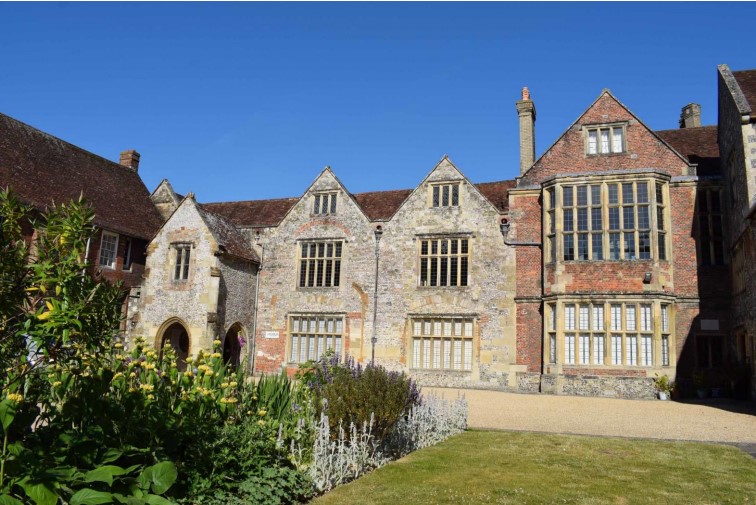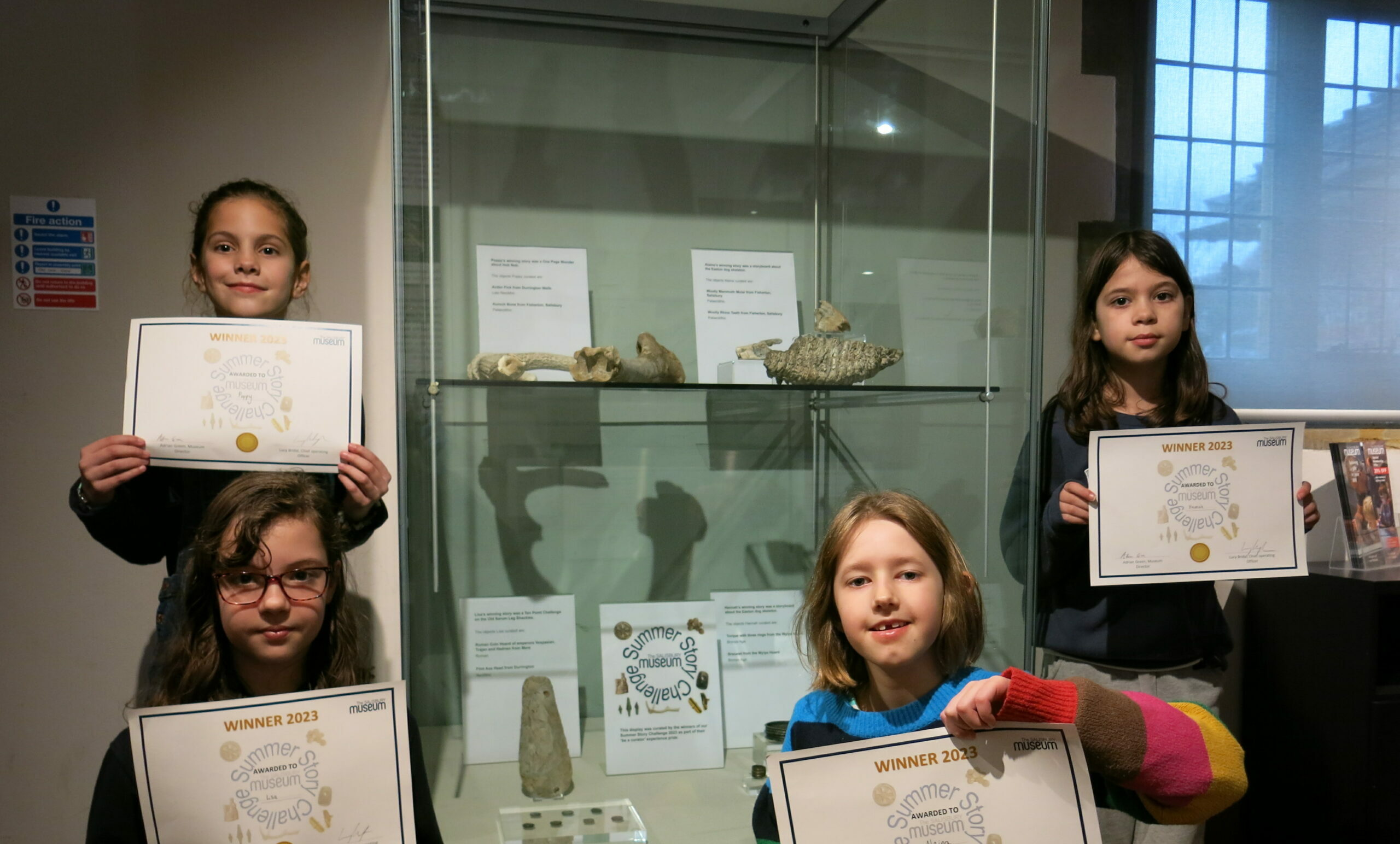Choir and Lady Chapel, Salisbury Cathedral
By J M W Turner
The complex perspective in Turner’s depictions of the architecture of Salisbury Cathedral required careful planning. Fortunately, in the case of his first interior subject, his pencil sketch survives to reveal the painstaking observations that underpin the finished watercolour. Comparison between the two works reveals that many areas were only partially sketched, to establish formal patterns or spatial relationships. It is possible that Turner made use of some kind of optical device, such as a camera obscura, when setting out the composition, supplementing that with further direct observations. He perhaps sought Colt Hoare’s approval for each of the designs at this preliminary stage. In this instance, Turner seems to have traced the outlines of the Choir view onto a new sheet of paper, rather than working over them, as he did for the rest of the series. His view of the Choir from beside the Bishop’s Throne exploits the fall of light, and highlights especially the painted glass resurrection scene in the Trinity Chapel, which was designed by Sir Joshua Reynolds. Contemporary critics considered the effect one of ‘true sublimity and grandeur’.


